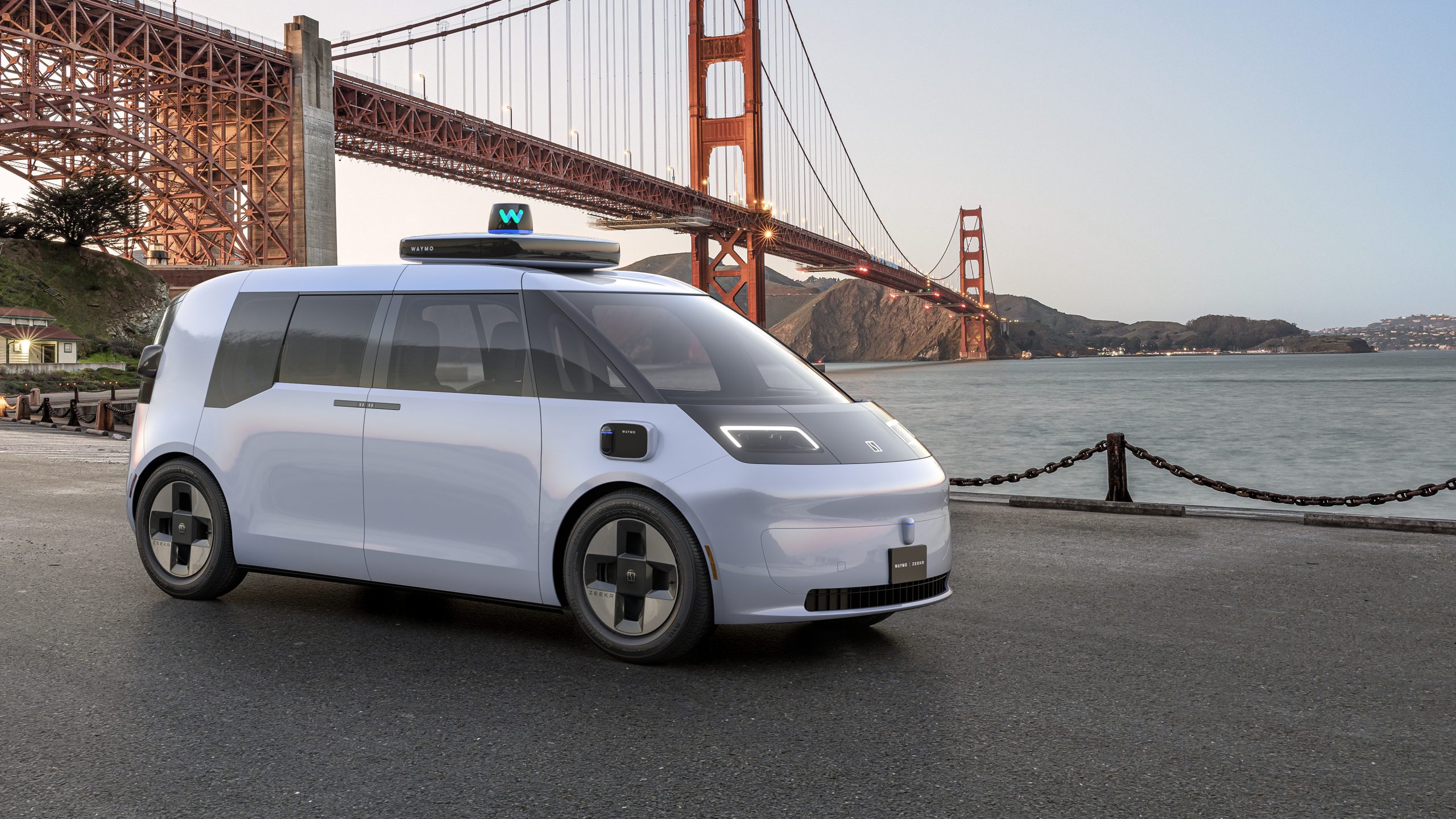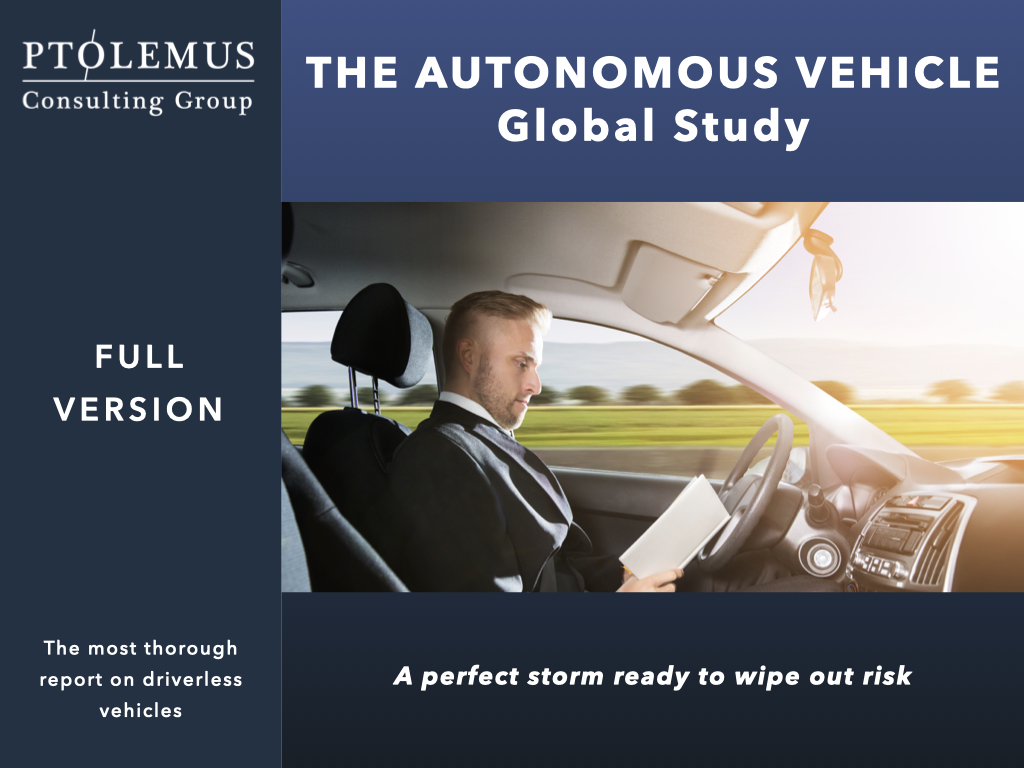Future of AVs and prospects of a fourth traffic light

Researchers from North Carolina State University now propose a fourth traffic light for the smooth flow of traffic. The fourth traffic light will suggest drivers simply follow the front vehicle creating tailgating. The white light also called the “white phase” is activated when most vehicles consist of AVs at an intersection. Hence, human drivers should stop and drive ahead depending on the behaviour of the front vehicle. The idea of fourth light is not restricted by just white colour and can be adopted according to the needs of the situation. The following main benefits could be attributed to the adoption of white light.
- Reduced travel time at intersections
- Reduced fuel/ energy consumption
The idea of the fourth traffic light was first introduced in 2020. Researchers proposed a centralized computer controlling the flow of AVs. The processor received information from AVs and directed AVs’ movement at the intersection. The new researchers at North Carolina State University use the distributed computing flow and if one of the AVs lags in communication this will consider this and make traffic smooth.
Role of AVs and the fourth traffic light
It is of substantial importance that white phase is only activated when AVs are in a majority at an intersection. It is an indication that AVs are communicating with each other and the central processing unit (that control lights) to enable efficient traffic flow. The drivers must simply follow the vehicle in front of them. When many of the non-AVs (human-controlled vehicles) approach the intersection, the conventional three lights (Red, Orange, and Green) will be activated again.
Formulating traffic flow according to the adoption of AVs is a relatively new idea and is referred to as a “mobile-controlled paradigm”. As AVs can communicate with each other, the introduction of the white phase will automatically tap AVs’ computing power. The higher the presence of AVs coupled with the white phase at an intersection, the more efficient vehicle movement will occur. For example, a 10% presence of AVs coupled with the white phase will improve traffic flow by 3%. Moreover, 30% presence of AVs will improve traffic flow by 10%.
Barriers to the white phase
In current scenarios, AVs maybe not be ready to adopt the technology related to distributed computing approach. Moreover, governments would have to revitalize all traffic intersections. Both actions require tremendous time and resources. However, researchers advocate that the white phase should be installed in pilot projects and eventually calculate real-time results. In this regard, commercial vehicles could have a significant prospect as these vehicles have a high chance of AV conversion. Pilot projects can be carried out. Ports witness a high flow of commercial vehicles that could be improved by AV conversion and the adaptation of the “white phase”.
Autonomous vehicles will eventually replace conventional modes of travel improving convenience for the vehicle user. In this regard, the white phase (fourth light) is an important development to elevate efficient movement at the intersection. However, this concept needs more pilot testing and evaluation as only a few research groups have proposed this approach.
To learn more about autonomous vehicles see our OEM Readiness for Autonomous Vehicles Global Study and The Autonomous Vehicle Global Study
